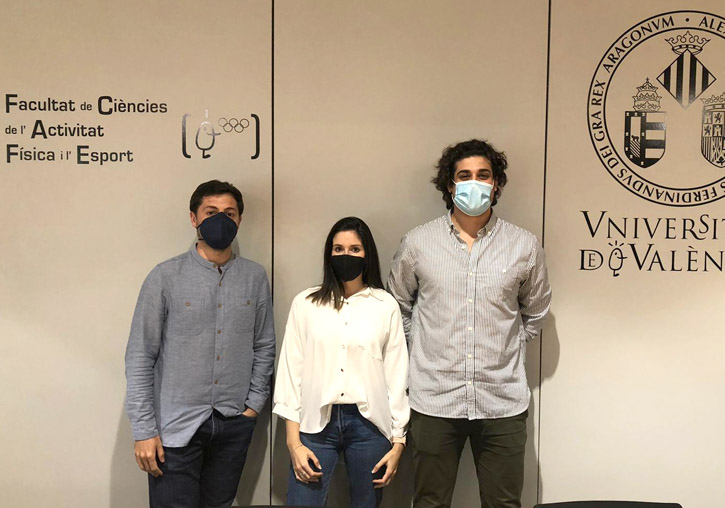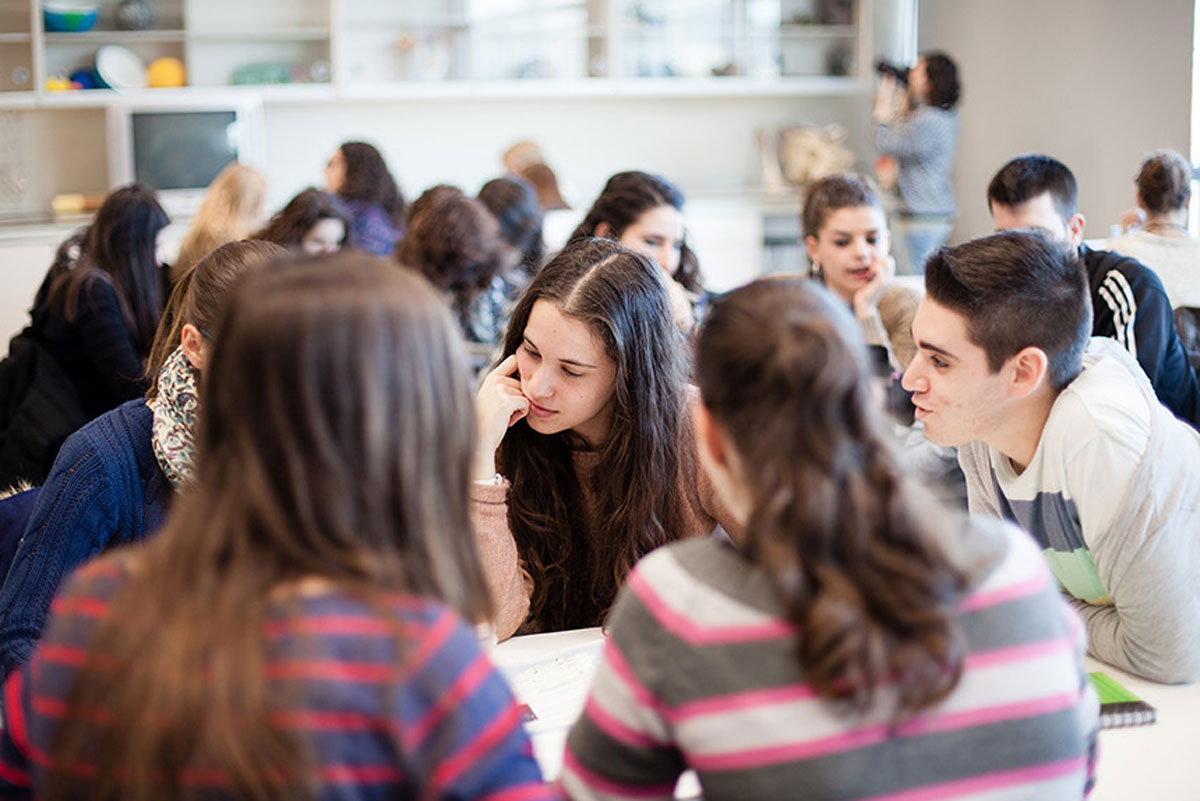Using TikTok as an educational tool on body language can improve student learning
- Scientific Culture and Innovation Unit
- April 28th, 2021

Paloma Escamilla, Mario Alguacil and Samuel López, researchers at the University of Valencia, conclude that the benefits of introducing TikTok are greater than the possible risks in the teaching and learning process of the body expression in Physical Activity Sciences and Sports. According to their article published in the Journal of Hospitality, Leisure, Sport & Tourism Education, the use of this network enriches learning, since better connects with student interests, fostering participation, interaction, bonding, and creativity.
In recent years, social media has become a professional and social tool that has been integrated into the way of learning and has become an educational strategy that allows the development of more attractive and dynamic study models for students. In addition, the COVID-19 crisis has caused the use of these platforms to skyrocket and TikTok is one of the most prominent. This study has explored introducing TikTok as a teaching-learning tool in the course of corporal expression of the Degree in Physical Activity Sciences Sports, to analyse the pedagogical effect obtained, in a quantitative and qualitative way.
Regarding the quantitative results of the research, Escamilla, Alguacil and López, members of the Department of Physical and Sports Education, carried out a questionnaire of nine questions to 65 students to find out their opinion on the effects of this application on education. Most viewed TikTok as an active learning and collaboration tool, fostering the development of creativity, stimulating student curiosity, and promoting learning in fun and exciting ways. Eight of the nine analysed questions reaffirmed that this application can have a positive impact on students.
Regarding the qualitative results, the group was initially asked about the educational use of TikTok, with possible answers such as “creativity”, “new”, “learn”, “bodily” and their derivatives. After a presentation by the teaching staff, an open question was once again posed where the words “social” and “different” increased substantially. Furthermore, “creative” and “new” continued to be the most frequent. In this way, it is concluded that the students mostly expect TikTok to help them improve their creativity and to be a tool with which the subject can be treated from a different perspective.
On the other hand, part of the results are compared with an Italian study where it is concluded that the use of social media has not been accepted by the teaching staff, since more than 40% think that its use is harmful to the learning. This opinion may be due to the addiction problems that social networks can cause or the lack of information and training on teaching methodologies for their implementation in the classroom. However, as a solution, the training and orientation of teachers and students is proposed so that they make proper use of this tool.
Article: Escamilla-Fajardo, P, Alguacil, M, López-Carril, S. (2021). «Incorporating TikTok in higher education: Pedagogical perspectives from a corporal expression sport sciences course». Journal of Hospitality, Leisure, Sport & Tourism Education, 28, 100302. https://doi.org/10.1016/j.jhlste.2021.100302
















